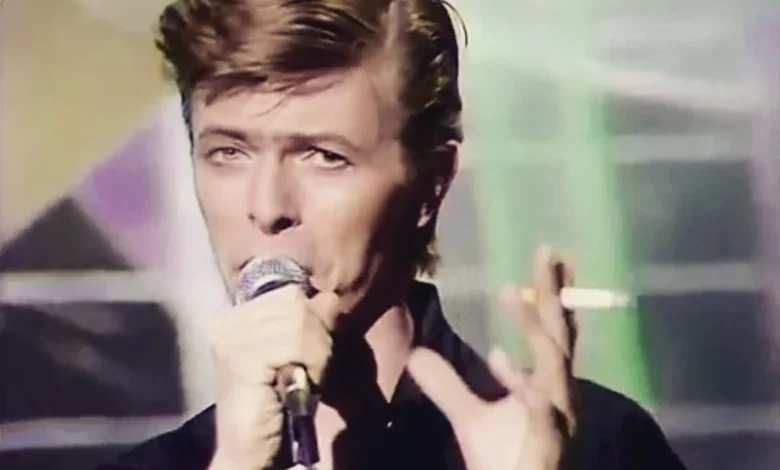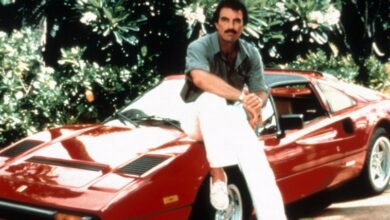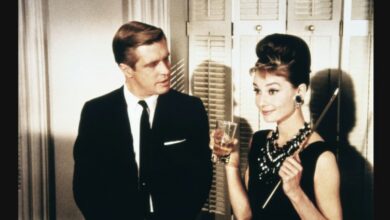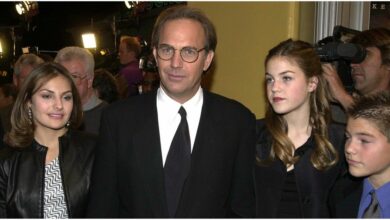Revisiting David Bowie’s divisive 1975 album ‘Young Americans’

David Bowie’s 1975 album Young Americans is perhaps one of the least Bowieesque albums he ever made. There’s none of the glitter, none of the theatrics, and little in the way of glam-era guitar pyrotechnics. Put it next to his previous album, 1974’s Diamond Dogs, and you’d be forgiven for thinking that Bowie was abducted during his American tour and replaced with an imposter – Avril Lavigne style.
Of course, his fans had come to expect these swift transformations; they were an essential part of the Bowie experience. But this shift felt slightly different, largely because it was the first time Bowie had decided to strip away a layer of artifice rather than paint on a new one. In this way, Young Americans was the first album in which Bowie was being himself – or at least attempting to.
Young Americans was written and recorded during one of the most fruitful and troubled periods of Bowie’s life. Anyone who has watched the infamous Dick Cavett show interview in which Bowie is clearly blitzed out of his mind on cocaine knows that the mid-’70s marked the beginning of the drug years. As he told Rolling Stone in 1993, “I started on the drugs at the end of 1973 and then with force in 1974. As soon as I got to America, pow! It was so freely available in those days. Coke was everywhere. … Because I have a very addictive personality, I was a sucker for it.”
However, that same American tour would also introduce him to the world of soul. At a time when he was desperate to jump off the glam bandwagon before it was too late, American dance music offered a way out. Bowie’s desire to reset saw him slowly replace his entire band. As he worked his way across America, the original musicians fell away one by one until he was left with a brand new line-up, many of whom had ties to funk, R&B, and soul. After getting in touch with Tony Visconti, Bowie set about recording Young Americans with the help of Isley Brothers bassist Willie Weeks, Sly and the Family Stone drummer Andy Newmark, Pianist Mike Garson and saxophonist David Sanborn; and vocalists Ava Cherry, Robin Clark, and Luther Vandross.
Vandross, Cherry and Clark would turn out to be one of the driving forces on the album, frequently taking the lead vocal role and allowing Bowie to slip into the background for the very first time. Indeed, it was Vandross who came up with the chorus for ‘Young Americans’. As the singer recalled in 1987, he approached Clark during a session and said: “What if there was a phrase that went, ‘Young American, young American, he was the young American – all right!’ Now, when ‘all right’ comes up, jump over me and go into harmony.” Bowie apparently overheard the conversation and ran with the idea.
This wasn’t an isolated incident. The production of Young Americans is littered with examples of Bowie collaborating with his session band in such a way that he ceased to be the auteur. This was the birth of Low and Let’s Dance-era Bowie, who thrived on what the musicians he was working with bought to the table.
And yet, for many fans at the time, Young Americans felt like a wrong turn. You can’t blame them either. The album was a complete overhaul of style, which alienated much of Bowie’s original UK fanbase while putting off new listeners with that near-parodical cover of The Beatles’ ‘Across The Universe.’ It’s possible to argue that if it wasn’t for the likes of ‘Fame,’, ‘Fascination’, and ‘Young Americans’ the album would be a complete washout. That being said, it’s impossible to imagine Bowie’s later albums without Young Americans.
The record marked a distinct shift not only in Bowie’s sonic world but in his whole approach to production. With its minimalist soul aesthetic, the album has aged remarkably well and still looks and sounds much cooler than anything on Diamond Dogs. So while Young Americans continues to divide Bowie fans, I don’t think I’d have it any other way.





